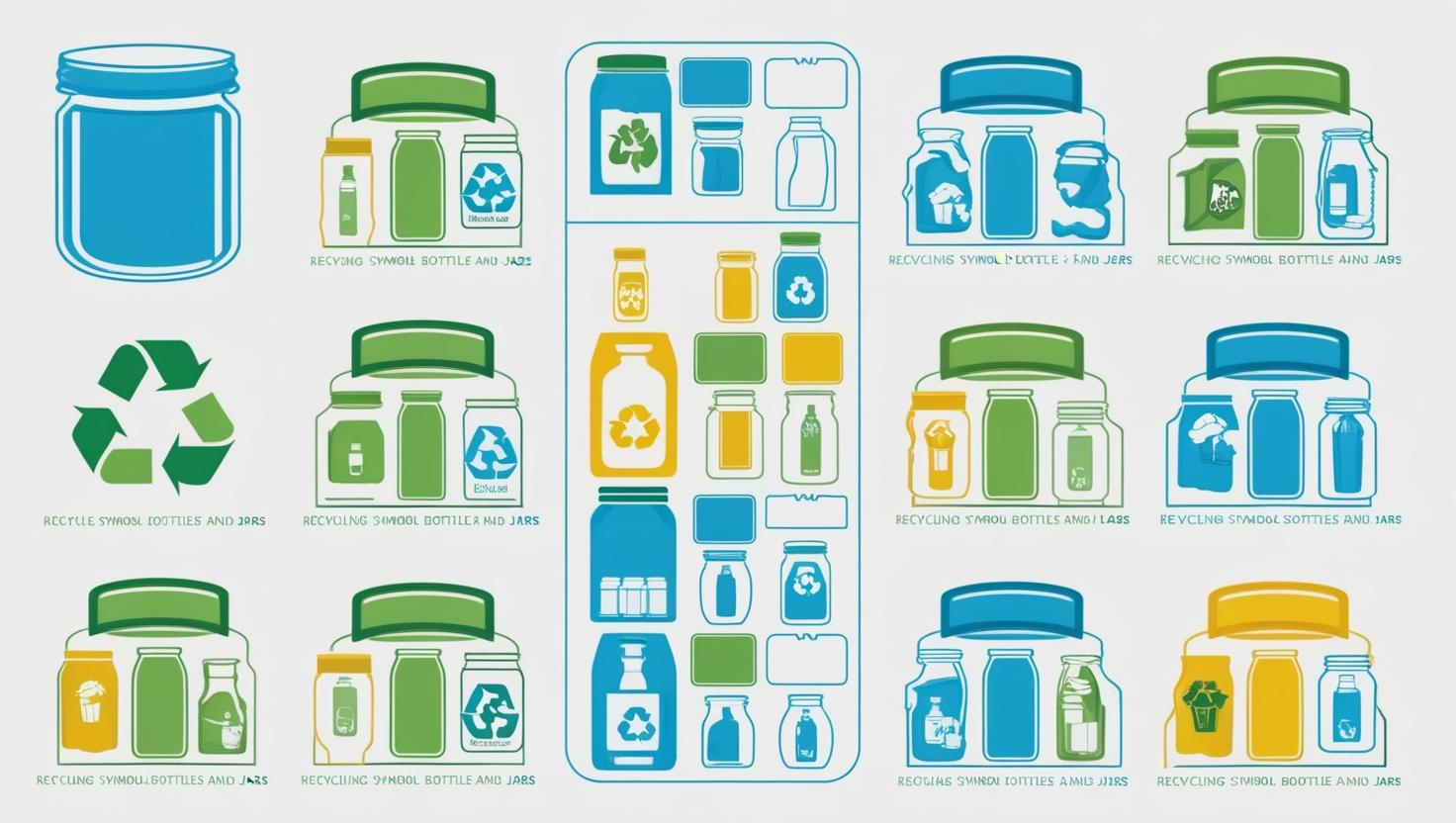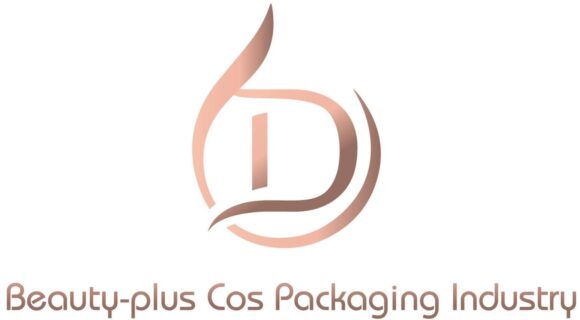
You’ve probably noticed the tiny triangle symbols on the bottom of bottles and jars—but what do they actually mean?
Understanding recycling symbols, also known as resin identification codes, is the first step toward choosing packaging that aligns with your sustainability goals.
In this guide, we’ll break down how to tell if a material is recyclable, what each symbol means, and how to make smarter packaging decisions.
What Are Resin Codes?
Resin codes are numbers (1 through 7) enclosed in a triangle made of arrows. These symbols were created by the Society of the Plastics Industry1 to identify different types of plastic resins used in manufacturing.
They don’t guarantee recyclability—but they indicate the type of plastic, which determines how it can be sorted, melted, and reused.
The 7 Plastic Recycling Symbols Explained
| Code | Material | Common Use | Recyclable? |
|---|---|---|---|
| #1 | PET2 | Water bottles, serum jars | Widely recyclable |
| #2 | HDPE3 | Shampoo bottles, tubes | Widely recyclable |
| #3 | PVC | Blister packs, shrink wraps | Rarely recyclable |
| #4 | LDPE4 | Squeeze tubes, dropper bulbs | Sometimes recyclable |
| #5 | PP5 | Caps, pump parts | Increasingly recyclable |
| #6 | PS | Disposable cups, trays | Rarely recyclable |
| #7 | Other6 | Acrylic, multi-materials | Varies widely |
Codes #1 (PET) and #2 (HDPE) are the most accepted globally in curbside recycling programs.
Is Recyclability the Same Everywhere?
Not at all. A material that's recyclable in one region might be sent to landfill in another. Factors include:
- Local infrastructure
- Access to sorting facilities
- Contamination from mixed materials7
- Size of the packaging (small caps may be filtered out)
Before labeling packaging as recyclable, it's essential to verify what your customer’s region accepts.
Tips for Choosing Recyclable Cosmetic Packaging
To maximize the chance of recyclability:
- Choose mono-material packaging (e.g. PP jar + PP lid)
- Avoid metalized labels or foil blocking
- Print directly on the packaging or use recyclable labels
- Use larger components (small <2" parts often get lost in sorting)
Many brands also communicate recyclability on the back label using QR codes or digital product passports.
Beyond the Resin Code
Some symbols look like recycling marks but aren’t related to recyclability. For example:
- The Mobius loop (three arrows forming a triangle) only means the product is recyclable—not that it was recycled.
- A triangle without a number may refer to general environmental marketing, not material info.
For reliable recyclability, always check for a numbered code and confirm with local guidelines.
Final Thoughts
Resin codes are a helpful starting point, but they’re not a promise. By understanding them and combining that knowledge with smart design choices, you can help your packaging truly close the loop.
Next up: What Are Mono-Material Packaging Solutions and Why Do They Matter?
Read the full post: Mono-Material Packaging: The Future of Recyclable Design
-
The SPI created the resin identification code system to help sort plastic waste based on resin type. ↩
-
PET (#1) is the most widely recycled plastic, used in bottles, jars, and many cosmetic containers. ↩
-
HDPE (#2) is highly recyclable and commonly used in cosmetic tubes and shampoo bottles. ↩
-
LDPE (#4) is soft and flexible, often used in squeeze tubes, but not accepted everywhere. ↩
-
PP (#5) is gaining recyclability, especially for caps, lids, and pump mechanisms. ↩
-
7 plastics include acrylic, bioplastics, and blends—recyclability depends on specific material and region.
-
Contaminated or mixed plastic packaging often ends up in landfill even if it carries a resin code. ↩

